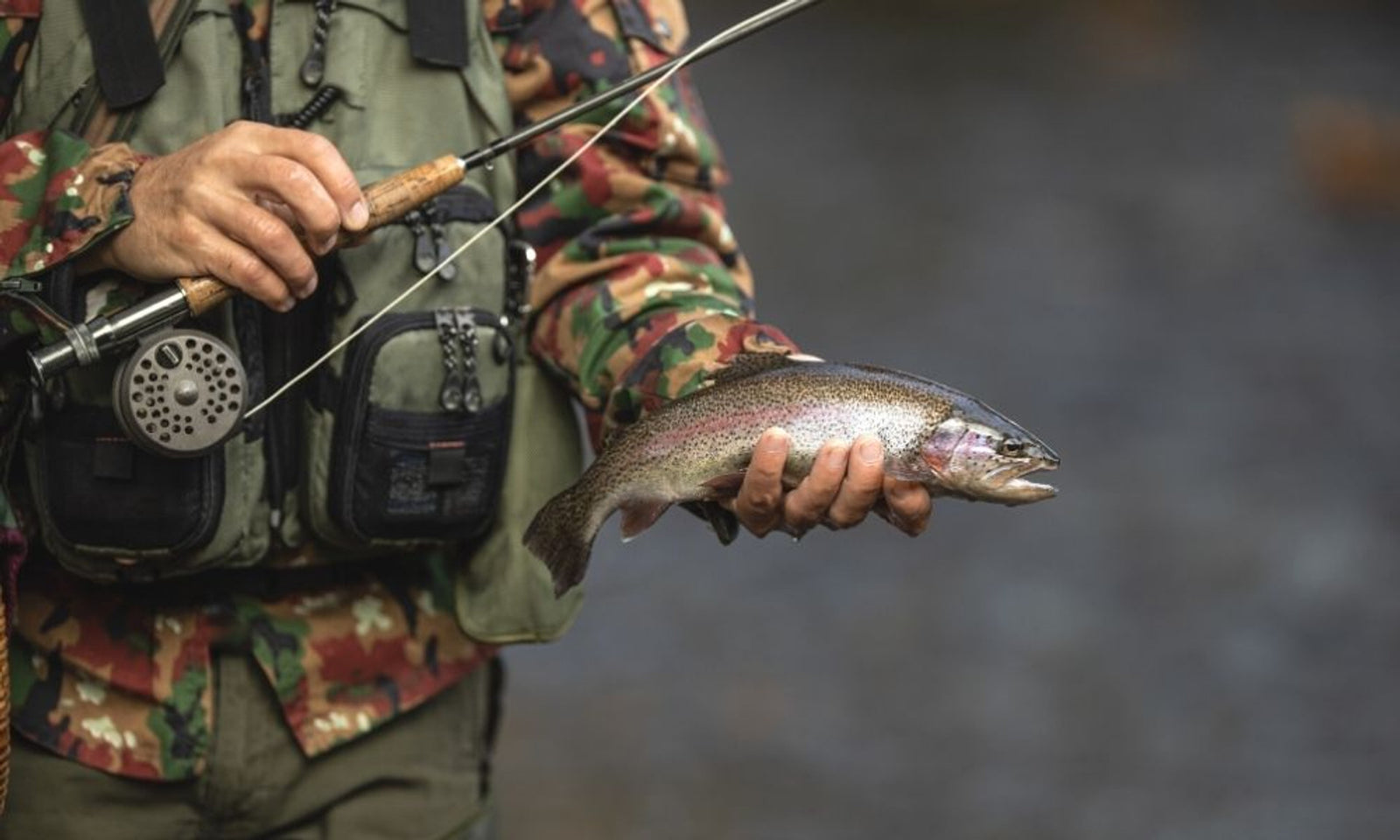How Fly Reels Have Evolved Over the Years

It's easy to take fly reels for granted nowadays, particularly if you consider the history. Unlike other sporting activities like baseball, football, or basketball, fishing has been around for centuries. While it's mostly a hobby now, it was a way to provide a fresh meal for a family in the prehistoric ages.
With the centuries of information leading up to today, the fly reel has evolved dramatically, giving current anglers a maximum advantage when they are in the water. This is a brief history of how fly reels have evolved over the years, giving you a better appreciation for what you have at your disposal.
The Origin
The origin of the first fishing reel dates to China in the fourth century AD, with the only proof of their existence in various art pieces until the 17th century. Until then, anglers used either a horsehair line attached to the rod tip, or less frequently, a running line fed through a loop at the rod tip. A renowned angler dubbed "Barker" advised others that the "winder" technique helps to reel in larger fish.
Anglers employed broad-spooled and thin-arbored metal winches that jewelers, clock manufacturers, and craftspeople created by the late 18th century. These were mounted using either a spike, a circular clamp, or a foot, like a contemporary reel, and they were further classified as direct-drive reels and early multipliers. Many anglers bought multipliers because they permitted a far quicker retrieval than single-action reels, even if the brass was faulty for the gearing. Catching a larger fish with abrasive teeth can destroy the softer brass gears.
Generally, most reels had narrow spindles, although they differed in various ways. Anglers used these reels for an extended period until future innovations changed the game.
The Nottingham and Birmingham
Introduced two centuries ago, the Nottingham was one of the first reels that changed the fishing world forever. These broad-arbored reels were roughly four inches in diameter and built almost exclusively of wood, except for a skeleton metal reinforcement anchored across the rear.
Skilled anglers could quickly and lightly cast 20-plus yards with these reels since the spool of a well-kept Nottingham was exceptionally free-spinning. The fundamental concept was so productive that reels of this sort were still popular among fishers, especially when nylon became commonly accessible and made the use of fixed spool reels more viable.
Nottinghams are very desirable because of their beautiful woodwork and brass frameworks to link the reel seat to the hardwood backplate. However, the practice is no longer employed since modern tackle is superior. When aluminum grew cheaper, all-metal reels became the norm. Wet wood swelled and the spool was easily removable, leading to other similar designs like the Centrepins.
It took the tackle designers a considerable time to realize that the benefits of the simple Nottingham were transferable to their more costly items. A large arbor increased the effectiveness of any reel.
Some years later, spindly brass winches upgraded to more robust objects called Birmingham reels, as many were built in Birmingham. Integrating the handle into a rotating side plate made it challenging to replace the spool; therefore, fishers had to wrap their line off at the end of the day to prevent the silk from decaying.
The Hardy Perfect
The Hardy Perfect, the prototype of present-day fly reel models, appeared around the conclusion of the Birmingham era, influenced by an Orvis' fly reels made in the USA. One modification from the tiny spindle of the first Hardy design is a wider one, allowing drags to be more complex.
His innovations were known as "threadline" reels because before introducing nylon, and fishermen used them to cast handwoven silk lines that were not much thicker than threads, hence the name. An Illingworth No. 3 features a front adjustable drag and a spool that lifts and lowers to avoid line bedding.
Rivals focused on improving the pick-up, considering the single most recognizable flaw in Illingworth's original design. The answer was to lengthen the pick-up, making a half-length bale arm, which left ample room for tangling.
The Altex and Mitchell
The Altex was a groundbreaking invention, and Hardy's patent gave him an enormous economic edge over his competitors. Using a fixed-spool reel necessitated dealing with tangles and overruns that were unavoidable when using weaved natural fiber lines, which were all that was available at the time. Even with a full bale arm and the clean lines of the Altex, frequent tangles have befuddled the most observant of fishers, and many anglers stuck with their beloved Nottinghams had to tolerate the reduced casting abilities.
The Illingworth and Altex were ahead of their time in that they allowed sportspeople to throw ultralight baits with absolute precision, but there wasn't an adequate line available for them to handle the job.
Once Hardy's patent expired in 1954, it opened the door for someone else to expand its design. Despite the appearance of other rival goods, the actual winners of the expiring patent were Charles Pons and Léon Carpano. The two brothers-in-law created a low-cost, mass-produced spinning reel with a half-bale until the Hardy patent expired. Since then, the enhanced complete bale arm model has sold around 25 million units, making it one of the most popular and successful reels of its time until the Mitchell reel was introduced.
However, even the Mitchell, a marvel of minimalism and sound reasoning, would not have grown as universally as it did without the increasing availability of nylon. Inexpensive nylon lines revolutionized the way people fished. By the early 1970s, the Mitchell reel was the choice of many, considering it was far easier to use than any traditional fly reel.
Knowing how fly reels have evolved over the years should help you appreciate using some of the best reels accessible today. Look at Ed's Fly Shop for the best fly reels, rods, and other fishing equipment to take your skills to the next level. We will assure you that you will walk away with the best gear at a fair price and with a price match guarantee.


